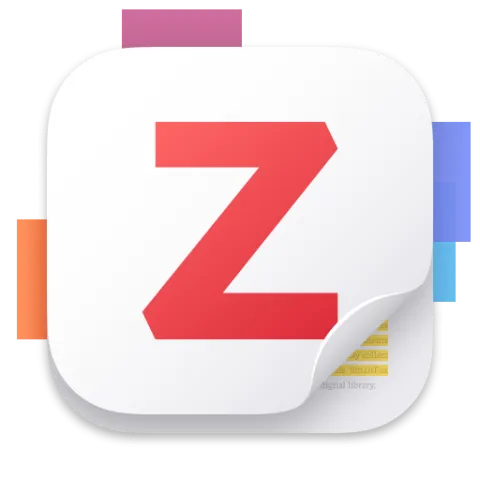Zotero is a free personal research tool that is supported by Laurentian University's librarians. Zotero helps you:
Image

- collect research with a single click as you browse the web, including journal articles, news stories, book chapters;
- organize research using folders, keywords, and full-text search
- annotate downloaded PDF and ePub files with highlighting, notes, and
- cite research and generate bibliographies in Microsoft Word, Google Docs, and LibreOffice Writer in over 9,000 citation styles
- collaborate with others through shared libraries
- synchronize your research across computers, with unlimited storage for users that use their Laurentian email address
Getting started
- Download and install Zotero. You need to install two parts: the Zotero application (Linux, MacOS, or Windows) and the Zotero Connector for your preferred browser.
- Register for a free Zotero account. Use your Laurentian email address to get unlimited storage.
- Enable automatic syncing of your research library to the Zotero cloud and to other computers. In the Zotero application, open the Sync Settings pane (Edit -> Settings -> General) and enter your Zotero username and password.
- Set Laurentian University as your preferred library for finding copies of articles, books, and other resources. In the Zotero application, open the General Settings pane (Edit -> Settings -> General) and under the Locate headings, set Resolver to North America -> Laurentian University.
Zotero documentation
For short, task-oriented instructions on how to use Zotero, see the official documentation: